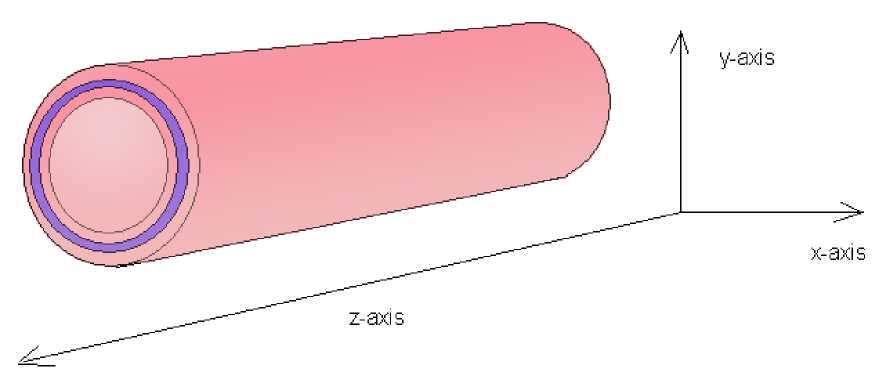Recent computational study by Baker et al. (2001) has shown that the
microtubules have electronegatively charged inner and outer surface and
positively charge core. This result suggests existence of two 2-D electron layers
(inner and outer) and interesting possibility for anyon formation. Anyons have
been found in Nature and could exist in microtubules. They are 2D quasiparticles
with partial spin made out of groups of electrons and are ideal candidates for
fault-tolerant quantum computation (Porter, 2003; Kitaev, 1997; Mochon, 2003).
According to Mitchell Porter (2003) there are four ways in which the microtubule
has what it takes to be an anyonic medium: (1) it’s two-dimensional - necessary
for anyons; (2) it’s a cylinder rather than a plane - should turn useless “abelian”
anyons into useful “nonabelian” anyons; (3) it’s a hexagonal array of qubits - can
form domain walls and anyonic defects; (4) the Fibonacci numbers define the
geometry of the microtubule. The dependence of the topological anyon model on
the magnetic field strength and putative quantum Hall effect (QHE) however is
detrimental for its applicability in vivo.

Fig. 2 Microtubule sandwich structure. Cartesian coordinate system attached to
the microtubule. The inner and the outer 2D surface of the microtubule are
electronegatively charged (red), while the core is electropositive (blue).
15
More intriguing information
1. The name is absent2. The Social Context as a Determinant of Teacher Motivational Strategies in Physical Education
3. IMMIGRATION AND AGRICULTURAL LABOR POLICIES
4. Nonlinear Production, Abatement, Pollution and Materials Balance Reconsidered
5. CONSUMER ACCEPTANCE OF GENETICALLY MODIFIED FOODS
6. AJAE Appendix: Willingness to Pay Versus Expected Consumption Value in Vickrey Auctions for New Experience Goods
7. Ein pragmatisierter Kalkul des naturlichen Schlieβens nebst Metatheorie
8. The name is absent
9. Retirement and the Poverty of the Elderly in Portugal
10. The name is absent